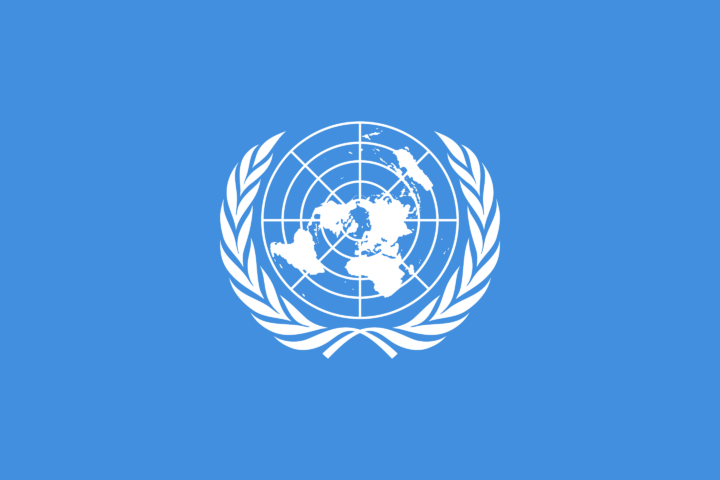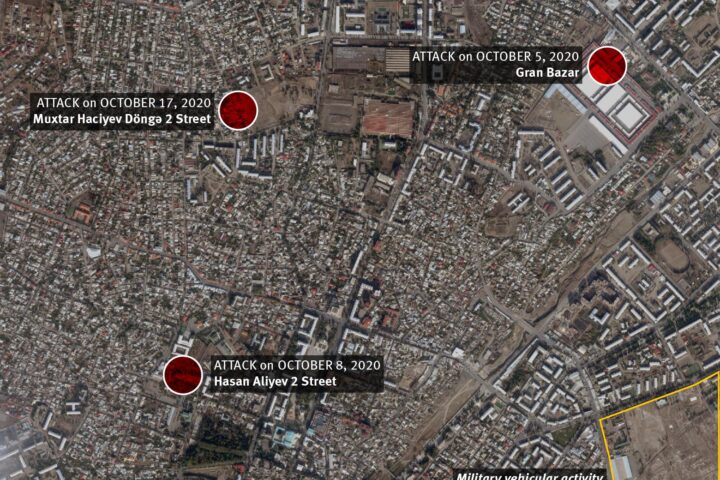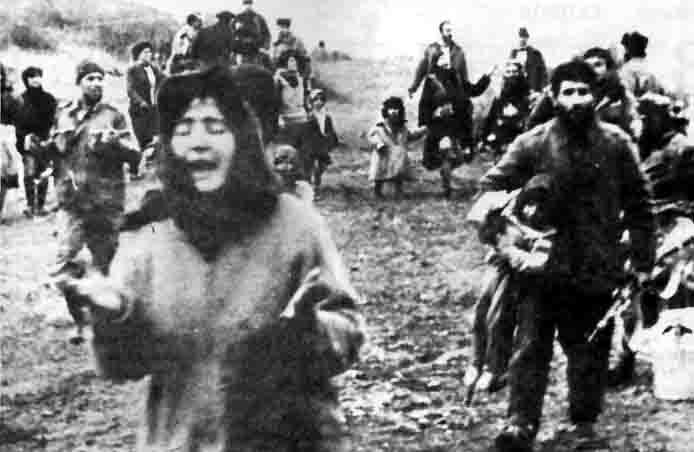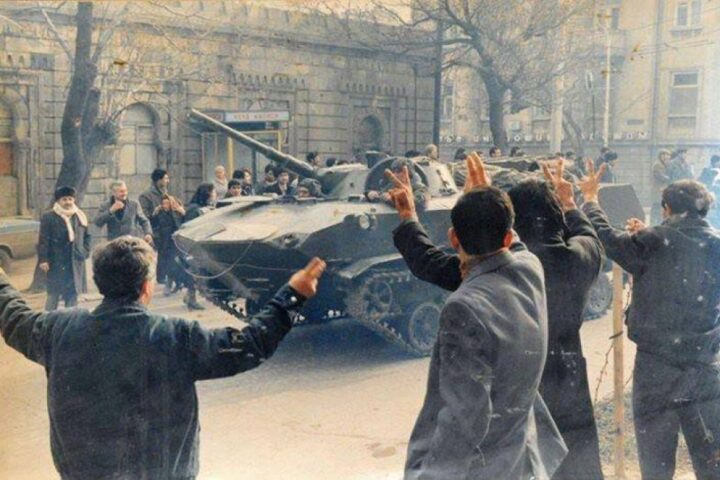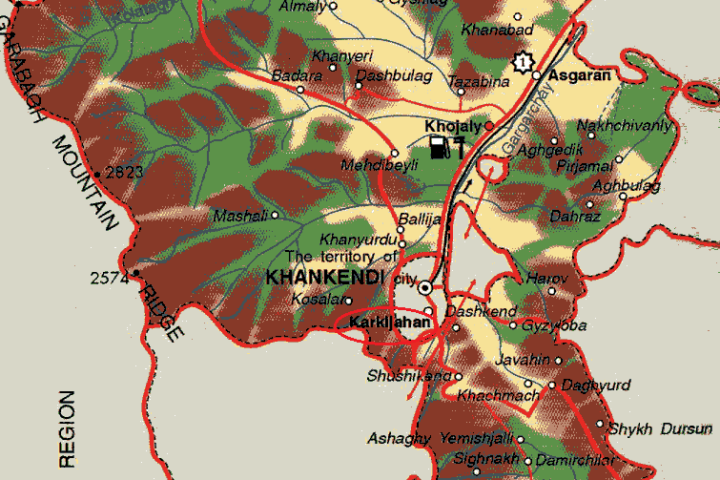METHODS (“TECHNOLOGIES”) FOR THE SOLUTION OF THE KARABAKH CONFLICT (chapter 3)
Whatever the final settlement of the Karabakh conflict may be, the greatest significance will be in the actions each side takes in order to find that solution. In reality, any of the above ways to a solution of the conflict is no more than an abstraction: how to solve the problem in reality (what we might call the “technology” of settlement) is in itself a big problem. Moreover, as you shown below, many of the proposed and sufficiently realistic solutions were put aside due to the difficulties of their practical implementation. The key problem turns out to be a lack of mutual trust.
From a purely formal standpoint, this variant of actions on both sides, unfortunately cannot be ruled out of a list of possible ones. That is, the Azerbaijan side may undertake military action with the aim of eliminating the insurgent enclave of Nagorni Karabakh. The Armenian side, on the other hand, may, for instance, seize the new territories of Azerbaijan outside Karabakh, aiming to force Azerbaijan into a greater pliancy. Formally, all sides of the conflict are keen for a peaceful settlement to the conflict, but recently, when the negotiations came to a deadlock, Azerbaijan didn’t rule out a military solution “for the restoration of the territorial integrity of the country in accordance with the principles of the United Nations”. In the opinion of the Armenian side, such conduct isn’t unexpected from the country which was defeated in the military actions. But it is evident also that these kinds of statements from official Baku like nothing else undermine the search for compromise, which requires, first and foremost, an atmosphere of mutual trust. In response, the Azeri side posed the following question: Would Armenia be ready to negotiate with Azerbaijan, if the latter had, with the help of Russia, occupied Armenian territory populated by Azeris and demanded the formation of a new independent Azeri state on them?
This type of action assumes preliminary consent by the sides on every dispute, a conclusion of agreements “in a package” which would account for all problems and aspects of future peace and implement these activities in time. Since, as has already been stated, there has been no consensus on these problems nor on the status of Nagorni Karabakh, it is natural that all proposed “package” variants (the last and the most well-known was the one proposed by the co-chairmen of the Minsk Group in July 1997) failed to be realised and were put aside. However, the present leaders of Armenia affirm that they are sticking to the package principles for the resolution of the conflict.
The staged scheme of settlement of the conflict was proposed instead of the “package” one in December 1997. It proceeded from the fact that since the sides were unready for a complete settlement of the conflict, including its central problem, the status of Nagorni Karabakh, it was necessary to do what had already been decided at the very least. Namely, it could be possible to realise a partial withdrawal of Armenian troops from the Azerbaijan territories outside Karabakh (except from the “Lachin corridor”), and also to achieve a return in stages of refugees to their former homes. It is natural that even in this case there remained disputable problems (for instance, about the boundaries of the “Lachin corridor”), which were supposed to be settled in the course of further negotiations. But in reality these proposals also remained in suspense. Because of discrepancies on a number of aspects of the settlement, the retired Armenian President L. Ter-Petrosian and his successor R. Kocharian are of the opinion that the conflict may only be resolved by the “packet solution”, for any processes that infringe the present status quo without a guarantee of final solution are fraught with the threat of the resumption of military actions, because they will break the equilibrium of the positions that has been established since the armistice.
It isn’t difficult to see that the “stage-by-stage solution” could most probably bring to the aforementioned scheme of a “delayed” or “Chechen solution”. The sides possibly wouldn’t have legalized any agreement about a delay in defining the status of Nagorni Karabakh, but de facto owing to mutual neglect it might come out just this way. The resumption of war wasn’t of course ruled out either.
The previously mentioned ambassador V. Kazimirov, as a committed supporter of the “stage-by-stage solution” (he says the packet solution “cannot get off the ground”), in his recent speeches came out with the idea that the proposed variants of the “stage-by-stage solution” until now were not as such in reality. He thinks that the way to resolve the conflict consists in multiple small steps. “Of course, by ‘stages’ we don’t mean to begin with meeting the demands of only one of the sides (even if this is quite lawful) and only then considering the problems concerning the other side. At each stage small “packages” must be made up so that all sides are satisfied. To begin with, let them not be the main issues. Surely over the course of seven years, a number of problems could have been settled, creating a positive dynamic and a more favourable atmosphere, rather than being stuck in deadlock, with people being driven to despair and forced to abandon the country,” the diplomat says18
To some extent, the discussion – at its peak between 1998 and 2002 – about the ways of creating a system for collective security in the Caucasus must be attributed to a document proposed by M. Emerson. This is because the Stability Pact for the South Caucasus was actually based on a unified approach to the restoration of mutual trust in the region and the creation of a system of mutual guarantees of security. On the initiative of Armenia, the formula “3+3+2” (i.e. the internationally recognised states of the South Caucasus, regional powers – the Russian Federation, Iran and Turkey – as well as the USA and the European Union) became the subject of discussion. The USA, the European Union and Turkey didn’t object to this approach, even taking a number of measures for the initiation of corresponding discussions in South Caucasus capitals. However, the Russian Federation and Iran came out sharply against this formula, and were in favour of the formula “3+2”, without the USA, the European Union and Turkey.
The integration approaches were intensively discussed at international conferences in Bohum (Germany) and Berlin in 2001, with the participation of the representatives of all sides of the South Caucasus. During the course of the conference, M. Emerson outlined and to some extent altered some parts of his idea, but it didn’t help to make the “Stability Pact” any more appealing to the political leaders of the South Caucasus.
One possible way to settle the conflict could be achieved with the help of coercion by world powers, which can be described as the “Dayton Principle”. This solution can be compared with any of the above variants. For example, the head of the analytical group “Image”, Rasim Agayev, thinks it possible – on the basis of the tendencies observed after the events of 11th September 2001 – to introduce an operation of “superpowers”, the aim of which, to the author’s logic, must be the restoration Azerbaijan’s sovereignty over Nagorni Karabakh. Here are the main points of his proposal19.
The inability of Azerbaijan and Armenia to find an acceptable solution to the territorial disputes creates a need to find an internationally adopted system of coercive measures. These would be directed at the elimination of conflicts which threaten the existence of whole regions and are capable of causing full-scale international crises.
The legal basis of these models are the provisions of the United Nations Charter “The Peaceful Settlement of Disputes” and “Actions in Relation to the Threat of Peace, Violation of Peace and Acts of Aggression”, the agreements about the inviolability of borders in conditions of globalization, and the consent of all UN member states to acknowledge the principle of territorial integrity and their interpretation of UN documents on the right to self-determination.
In the case of the conflict in Nagorni Karabakh, the following system of measures aims to move apart the sides and restore the status quo on the basis of international legal principles.
- A Plenipotentiary Council of state-guarantors of peace and the struggle against international terrorism is formed (or the Azerbaijan Republic forces the SC of the UNO to consider whether the Karabakh Armenians’ demands for self-determination correspond to International law in the context of the territorial integrity of UN member states).
- A resolution is adopted with strict demands on the self-declared republic and the central government to define the principles of autonomy within the framework of a single state.
- In case of disagreement by one of the sides, the United Nations introduces strict sanctions of compulsory character against the violator (like in South Africa, Namibia and Iraq).
- Combined military forces are brought to the conflict zone to ensure the implementation of the sanctions.
- On the expiry of the period of sanctions, the United Nations is entitled to form supra-national organs of control in the area, which coordinate their actions with the central power of Azerbaijan.
- As to the forces and persons who sabotage the resolutions of the Council, the latter considers extradition measures or brings them to the international court (as was the case with Yugoslavia).
- Conditions for the return of refugees and the introduction of peace are gradually created.
By their analogy, Emerson and Tocci20 consider that the Nagorno-Karabakh conflict is a scenario in which the international community can use the “Dayton Method” to force the principles of “Integration settlement”. This was proposed earlier by the same authors (see above). All these proposals remain purely speculative, since they have not won the support of politicians in any country or international organization.
[no_toc]
18 V. Kazimirov. To help out the Karabakh settlement from a deadlock. The Karabakh settlement. Principles, approaches and aspects. Friedrich Ebert Stiftung, Yerevan, 2002, p.35.
19 R. Agaev. We thank the author for providing the manuscript of the article
20 M. Emerson and N. Tocci. The verbatim report of the conference “Caucasus as a Region of a Conflict: if a Pact of Stability with Europe is Possible” (Berlin, November 26-27, 2001), made up by A. Abasov.





